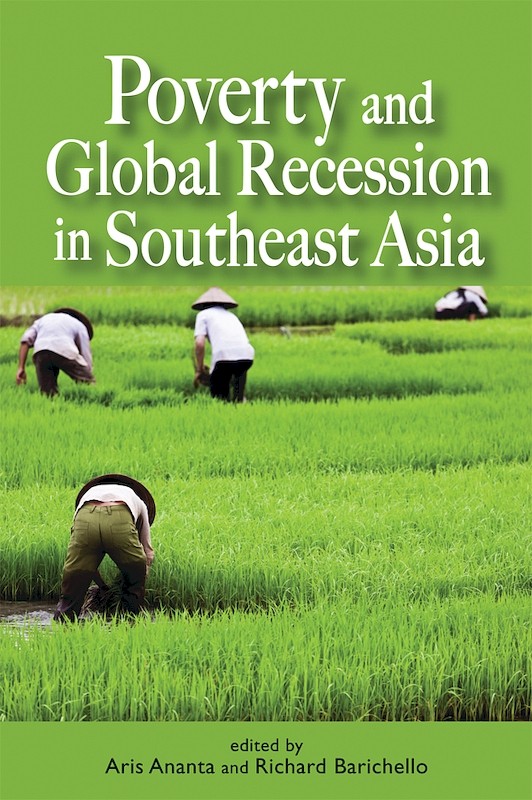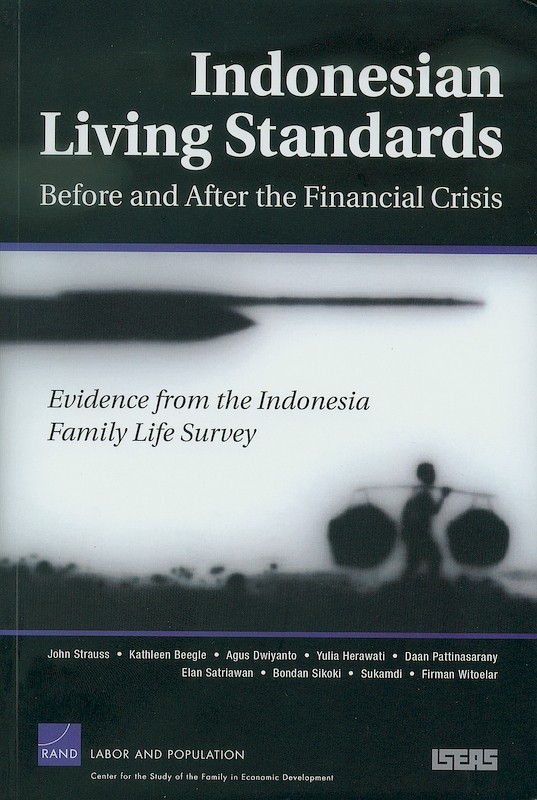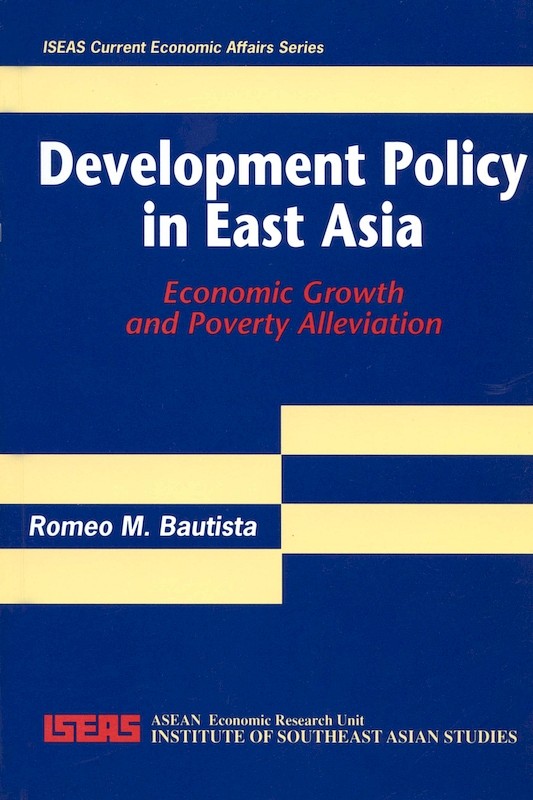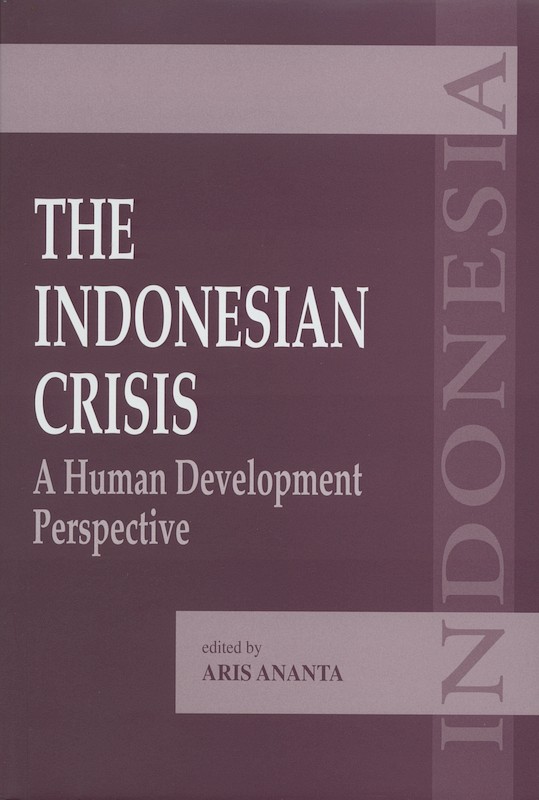Poverty and Social Protection in Indonesia
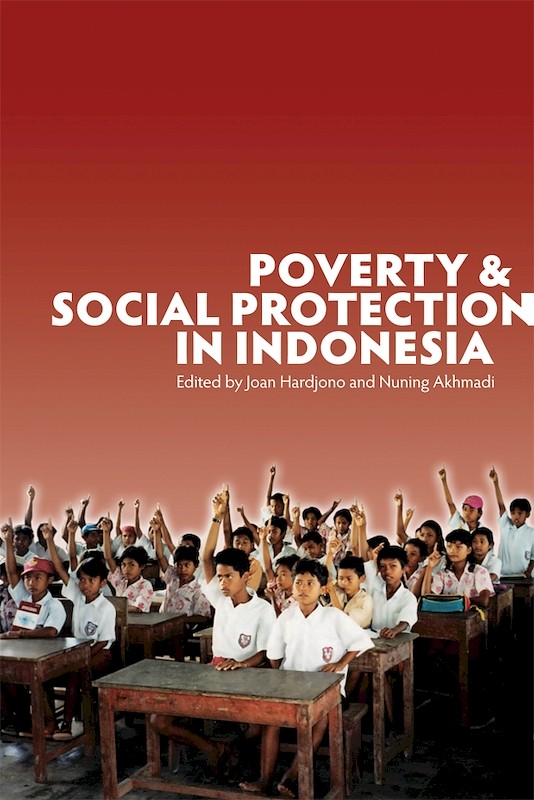
Date of publication:
2010
Publisher:
ISEAS / SMERU
Number of pages:
272
Code:
BM373
Reviews
Poverty and Social Protection in Indonesia looks back at the effect of the 1997-98 financial crisis on poverty in Indonesia, and at the government's subsequent introduction of social-safety-net policies to protect the real incomes of Indonesian households and to preserve access to public services. On the one hand, it presents a detailed account of poverty trends before, during and after the crisis; the channels through which the crisis affected households; and the implementation and targeting of the social-policy response. On the other, it provides a technical toolkit for measuring poverty and analysing the targeting performance of social-protection programs. An interesting introductory chapter by Thee Kian Wie sets the context, by providing an overview of poverty and growth in the three decades before the onset of the crisis. Part One deals with poverty trends and with measures of poverty and vulnerability to poverty, while differentiating between transient and chronic poverty. These chapters describe the by now well-documented surge in the poverty rate during the crisis, and its gradual decline. They present, clearly and thoroughly, the methods and data required for measuring poverty; and they supply empirical solutions to problems such as how to measure changes in poverty during substantial shifts in relative food prices, as occurred during the crisis. Part Two discusses the various social-safety-net programs implemented by the Indonesian government in response to the crisis...and new methods of targeting social programs, such as small-area poverty mapping and community-based monitoring systems. Two policy issues stand out from the discussion, and both have partly motivated the government's recent efforts to improve targeting and to reconsider the design and role of social-protection policies. The book's collection of well-written and complementary articles is well worth reading, especially for those new to this literature. Its empirical analysis is comprehensive and technically sound, exploring a wealth of secondary data sources. It offers an in-depth overview of poverty and social protection during the 1997-98 crisis in Indonesia, and it provides a technically advanced yet accessible toolkit for poverty measurement and benefit incidence analysis" (Bulletin of Indonesian Economic Studies).
About the publication
This book consists of papers that present the findings of research done by the SMERU Research Institute in Jakarta, Indonesia. Most describe the effects on the poor of the Indonesian economic crisis of 1997-98 and the response of the Indonesian government in the form of a Social Safety Net consisting of poverty mitigation programs. With the gradual recovery of the economy after 2000, the Indonesian government began reducing subsidies for fuel products and has channelled budgetary savings into a new series of targeted social protection and poverty alleviation undertakings that include unconditional cash transfers. The effectiveness of Indonesia's poverty alleviation programs has, however, been reduced by the difficulty of targeting beneficiaries accurately because of a lack of reliable, up-to-date poverty figures. In many instances unsuitable targeting methodology has been compounded by bad governance at the local level, while the introduction of regional autonomy, accompanied by the decentralization of authority to the district level, has formed a further complicating factor.
Co-publication: ISEAS / SMERU
ISEAS / SMERU
Contents
-
Poverty and Social Protection in Indonesia
[Whole Publication, ISBN: 9789812309525] -
Preliminary pages
-
1. A Brief Overview of Growth and Poverty in Indonesia during the New Order and after the Asian Economic Crisis, by Thee Kian Wie, author
- PART I: TRENDS IN POVERTY AND TECHNICAL ISSUES OF MEASUREMENT
-
2. The Impact of the Economic Crisis on Consumption Expenditures and Poverty Incidence, by Asep Suryahadi, Sudarno Sumarto, authors
-
3. Poverty and Vulnerability in Indonesia Before and After the Economic Crisis, by Asep Suryahadi, Sudarno Sumarto, authors
-
4. Short-term Poverty Dynamics in Rural Indonesia during the Economic Crisis, by Asep Suryahadi, Wenefrida Widyanti, Sudarno Sumarto, authors
-
5. The Evolution of Poverty during the Crisis in Indonesia, by Asep Suryahadi, Sudarno Sumarto, Lant H Pritchett, authors
- PART II: POVERTY ALLEVIATION POLICIES AND PROGRAMS
-
6. Designs and Implementation of the Indonesian Social Safety Net Programs, by Sudarno Sumarto, Asep Suryahadi, Wenefrida Widyanti, authors
-
7. Safety Nets or Safety Ropes? Dynamic Benefit Incidence of Two Crisis Programs in Indonesia, by Sudarno Sumarto, Asep Suryahadi, Lant H Pritchett, authors
-
8. New Approaches to the Targeting of Social Protection Programs, by Asep Suryahadi, Wenefrida Widyanti, Daniel Suryadarma, Sudarno Sumarto, authors
-
9. Post-crisis Social Protection Programs in Indonesia, by Sudarno Sumarto, Asep Suryahadi, authors
-
10. Conclusion: Coping with the Crisis, by Sudarno Sumarto, Asep Suryahadi, authors
-
Bibliography
-
Index

